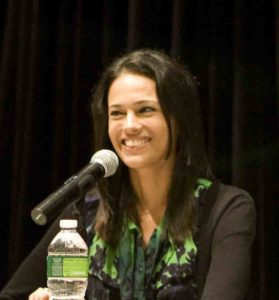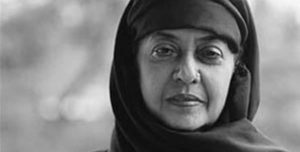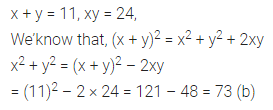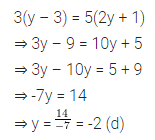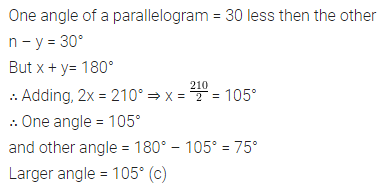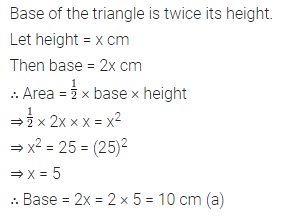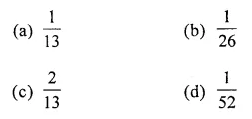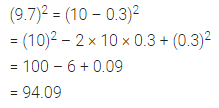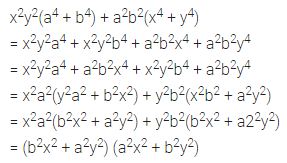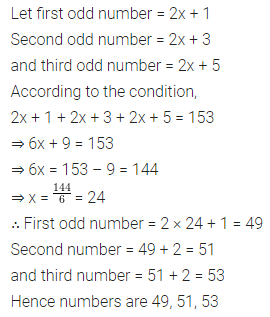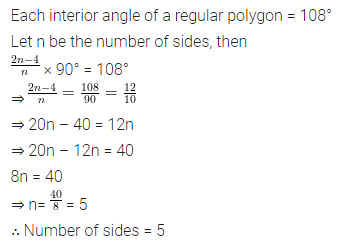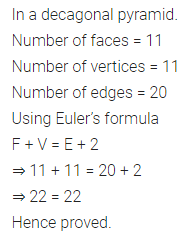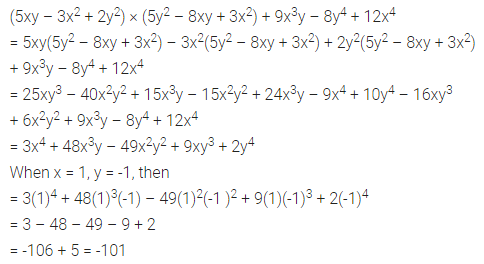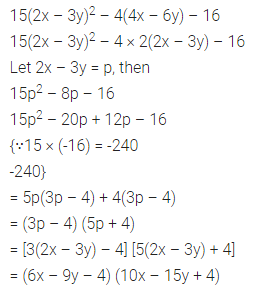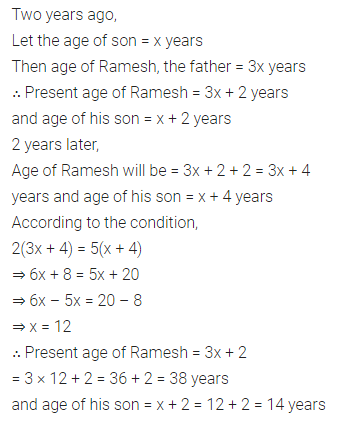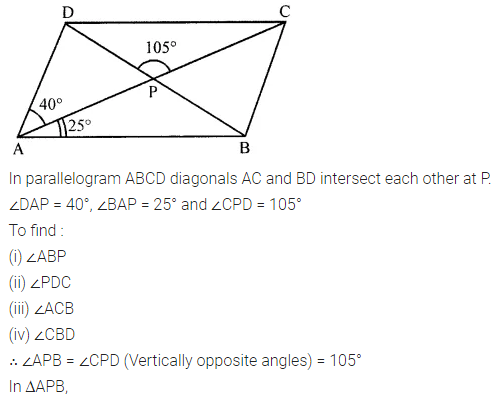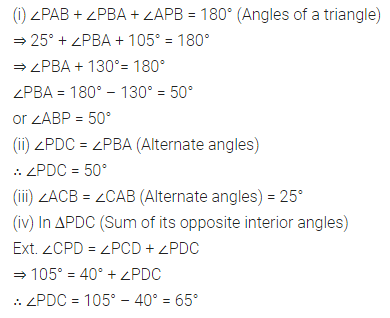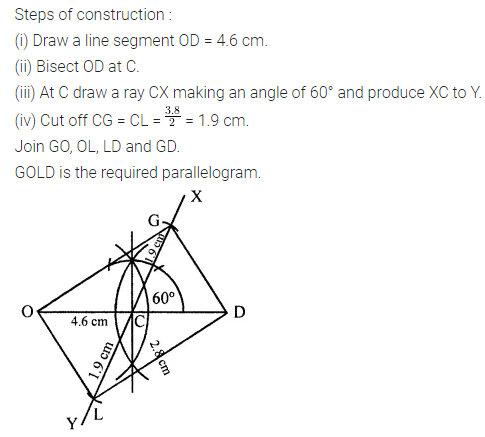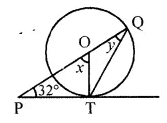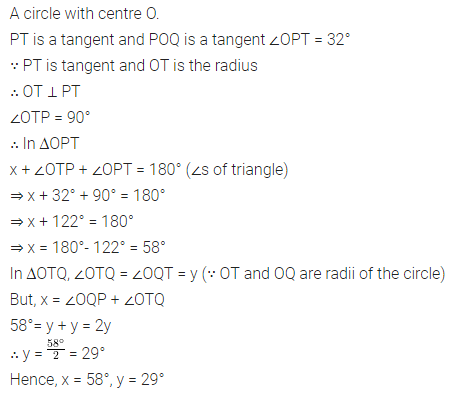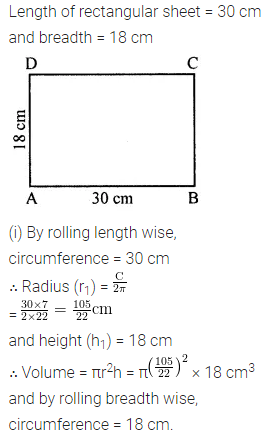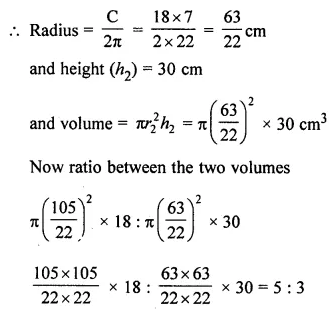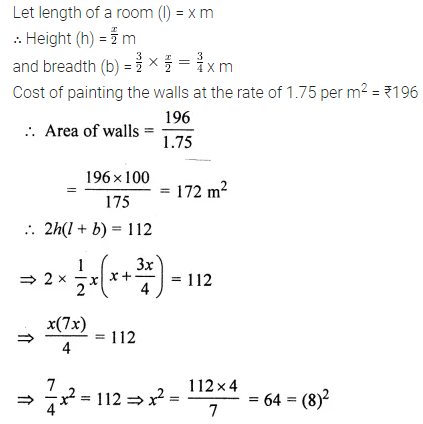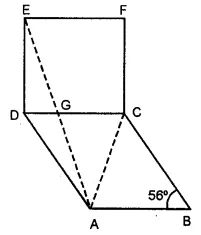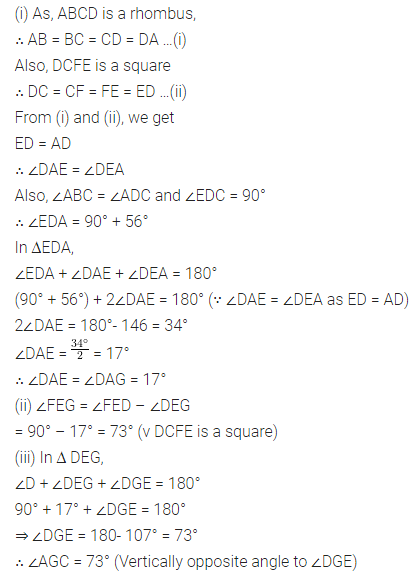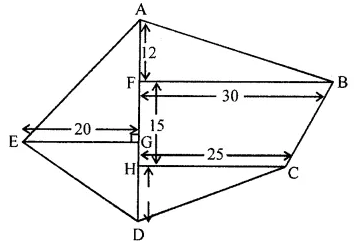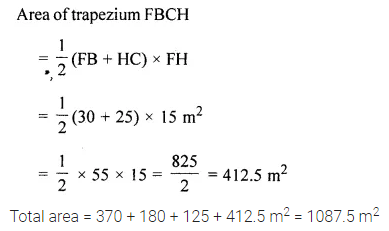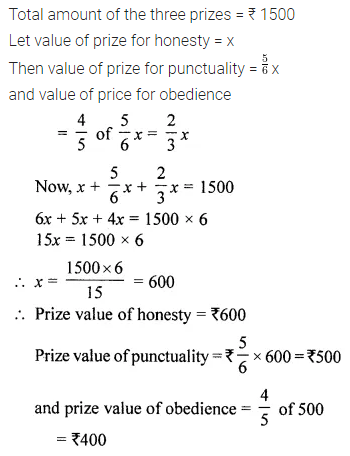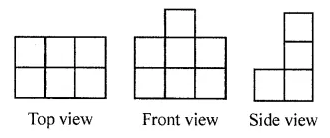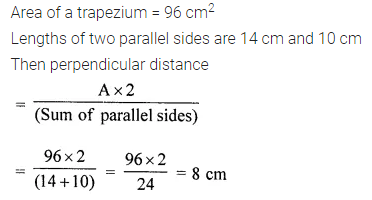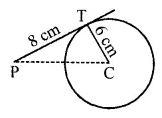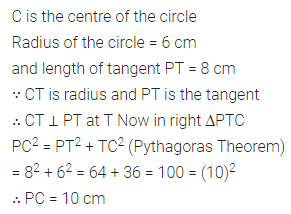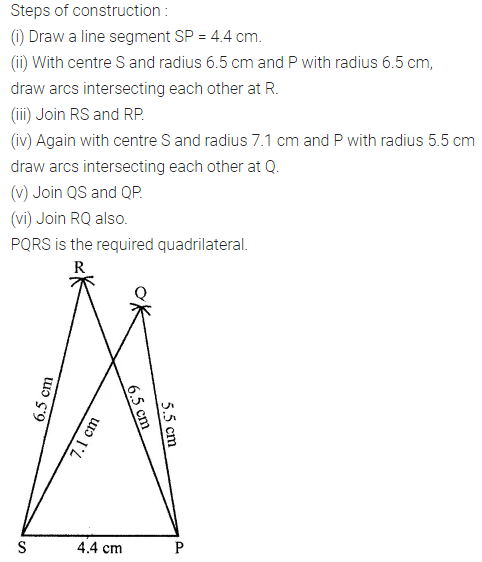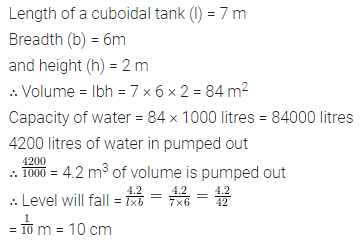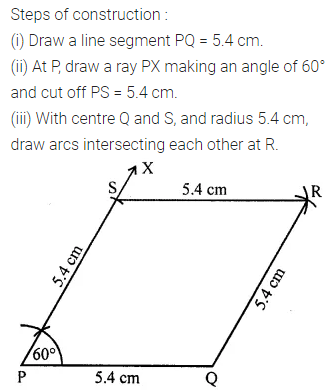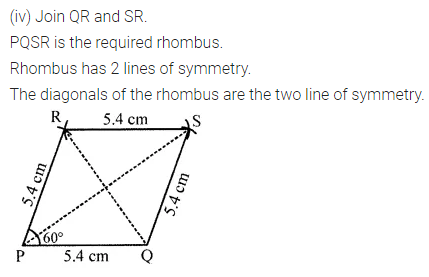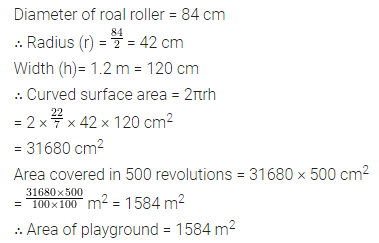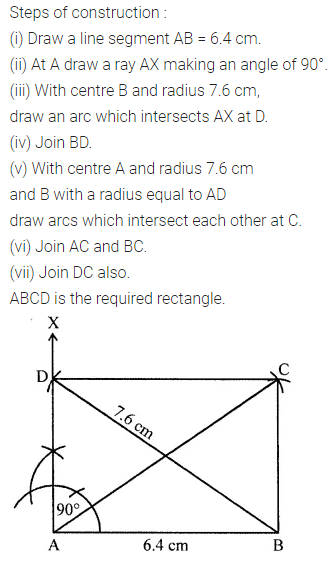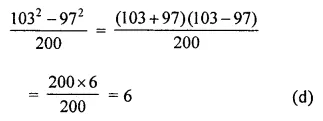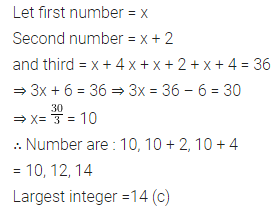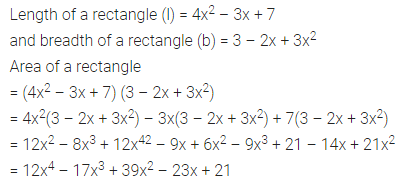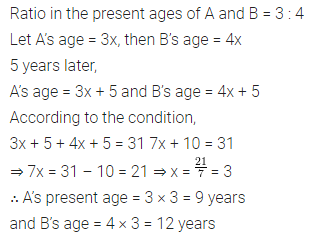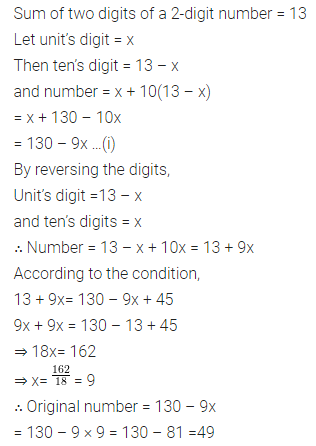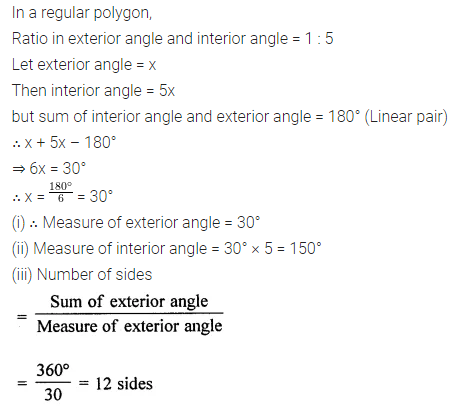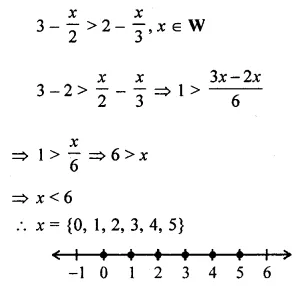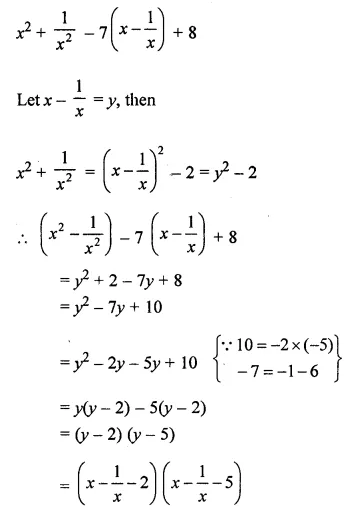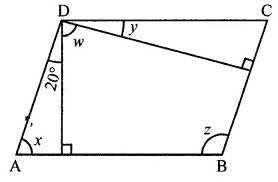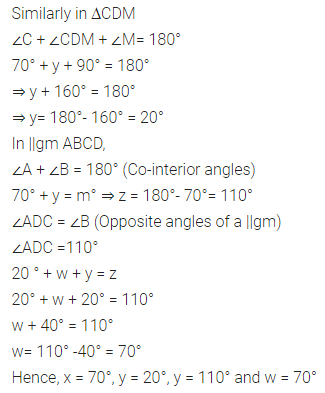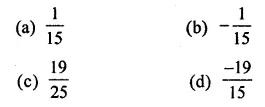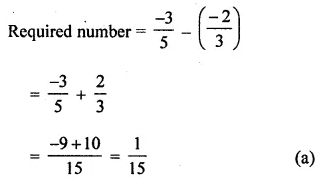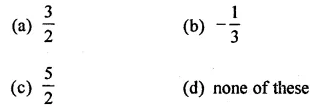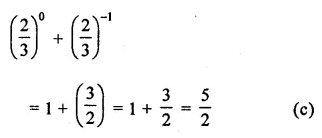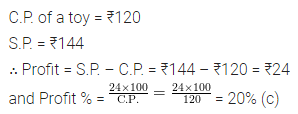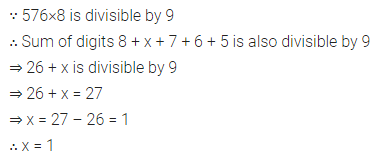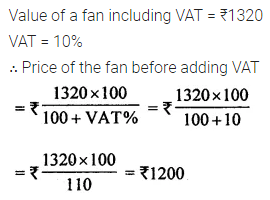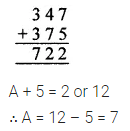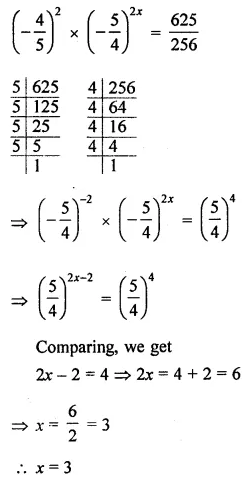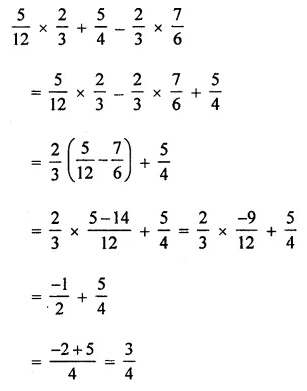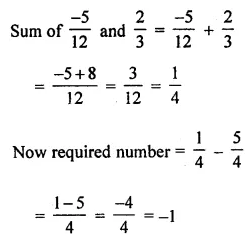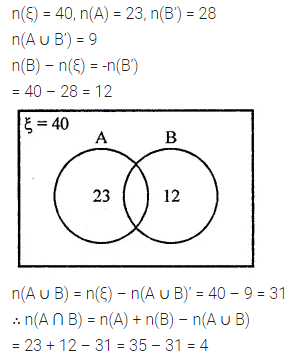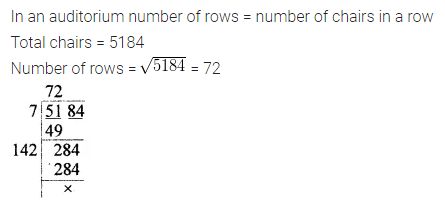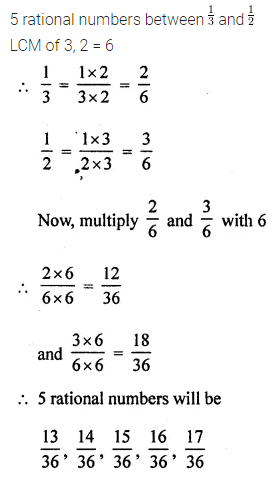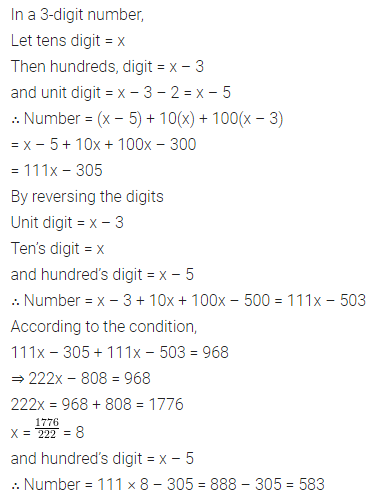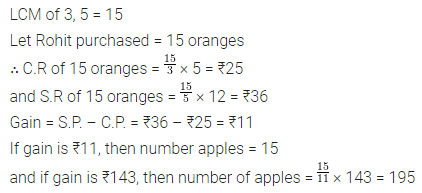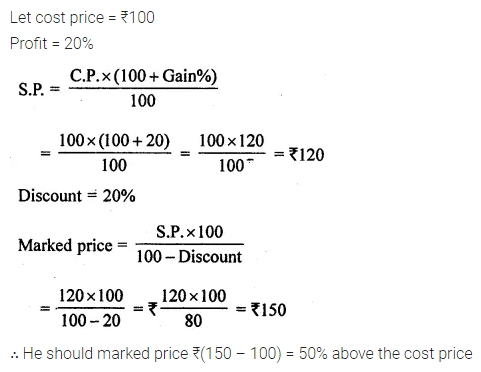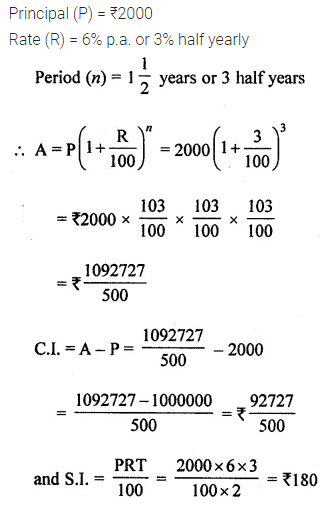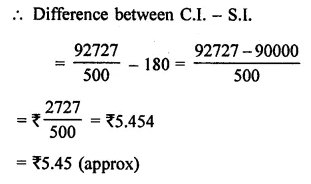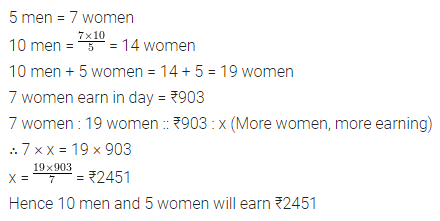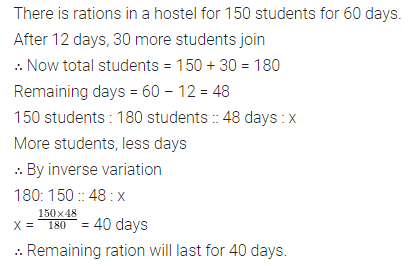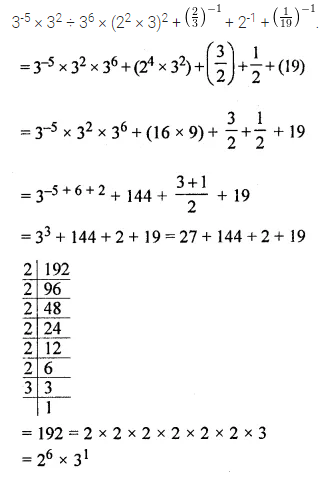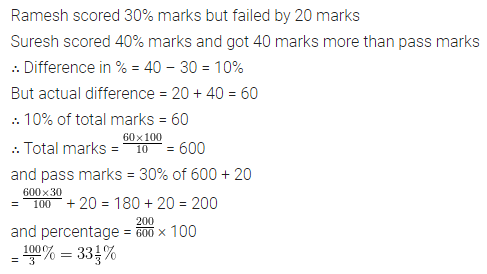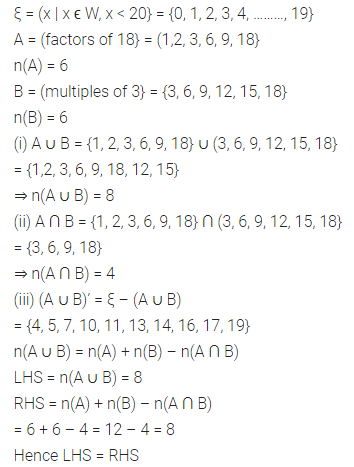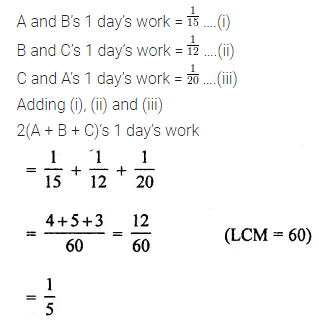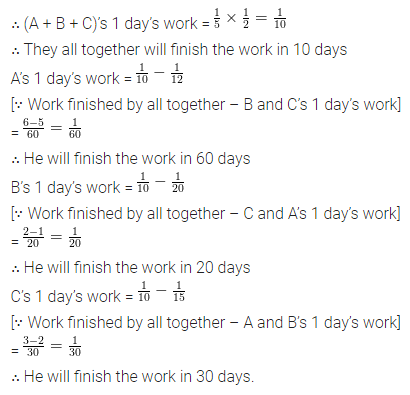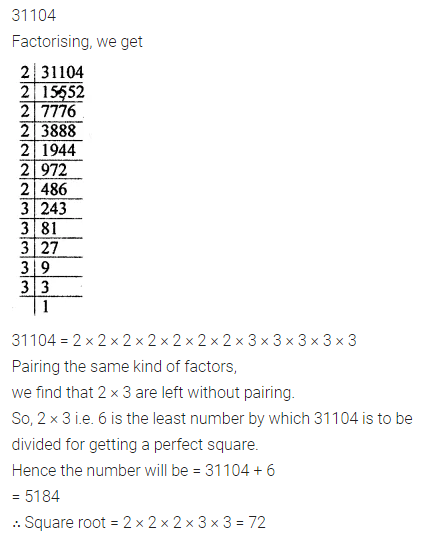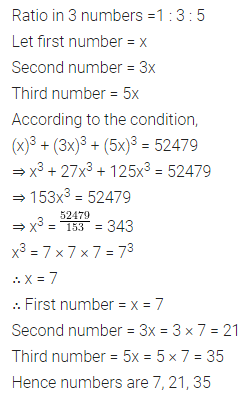We have decided to create the most comprehensive English Summary that will help students with learning and understanding.
Two Gentlemen of Verona Summary in English by A.J. Cronin
Two Gentlemen of Verona Summary in English
Two Gentlemen of Verona is a heart-warming story of human relationships and family ties. In the story set in Italy against the backdrop of the Second World War, the two gentlemen of Verona, the brothers, Nicola and Jacopo, take care of their sister Lucia who is suffering from tuberculosis.
The boys are poor and wear shabby clothes. Their father was a famous singer and a hard worker who had died in the war. The boys willingly take on the responsibility of providing for their ailing sister, in the absence of their father.
While driving through the foothills of the Alps to Verona, the narrator was stopped by two small boys selling wild strawberries. The boys were dressed shabbily in old clothes that were too large for them. The two were dark-skinned and thin, with tangled hair and dark eyes, which had a serious expression. Though their driver tried to dissuade them from buying the strawberries, the narrator and his companion bought the biggest basket the boys had for sale because they were attracted to them. The boys were brothers. Nicola, the elder, was 13 and Jacopo, the younger one, was nearly 12. The next morning, the narrator found the two brother shining shoes outside their hotel. The boys told him that besides picking fruit and shining shoes, the two boys also worked as tour guides.
As the boys showed the narrator and his companion around the town, he noticed the boys were childish and innocent. But even though Jacopo was lively, and Nicola had a charming smile, both the boys appeared to be very serious.
During the week that the narrator and his companion spent in Verona, they often saw the boys who were always ready to do chores for the two men.
One night, they were surprised to see the boys in the windy and deserted square, resting on the stone pavement beneath the lights. It was nearly midnight, and though he looked tired, Nicola sat upright while Jacopo slept with his head resting on his brother’s shoulder. They were waiting for the last bus from Padua so that they could sell the newspapers.
The narrator was surprised at how hard the boys worked and when he questioned Nicola about it the next morning, he looked ashamed and tongue-tied. The narrator presumed the boys worked so hard and spent frugally as they were saving up to emigrate to America. Nicola expressed a desire to go to the States but said they had plans in Italy at the moment.
The narrator then offered help before he left for the United States on the following Monday. Nicola declined the offer, but Jacopo readily took him up on it and asked him if they could go to Poleta, 30 kilometres from Verona, in the narrator’s car. The narrator readily agreed to drive the boys there himself. He assured Nicola, who appeared to be angry with his brother that it wouldn’t be any trouble to do so.
The following afternoon they drove to the tiny village set high upon the hillside. At Poleta, Jacopo directed him to a large red-roofed villa, surrounded by a high stone wall. As soon as the car came to a halt, the two boys jumped out and telling the narrator they would be back in an hour, they entered the villa.
After a few minutes the narrator followed the boys inside. When he rang the bell, a nurse opened the door. He asked her about the two boys. She led the narrator through the hospital and stopped near the door of a little cubicle. Through the glass partition, the narrator saw the boys sitting next to a girl of about twenty who sat propped up on pillows listening to their chatter, her eyes soft and tender. He realised at once she was their sister from their resemblance to another.
The nurse told him that the children, who had lost their mother earlier, lost their father in the war. He had been a well- known singer. Shortly afterwards, a bomb had destroyed their home. As a result, the three children were left homeless and destitute. The children who had always known a comfortable and cultured life, suffered from lack of food and cold. For months they lived in a shelter they built with their own hands amidst the rubble. Then for three years the Germans ruled the city. The boys grew to hate the Germans. When the resistance movement began secretly, they were among the first to join. When the war was over, and there was peace at last, they came back to their beloved sister. Lucia, who had earlier been training as a singer had developed tuberculosis of the spine.
The boys did not give up. They brought her to the hospital. Lucia had been in the hospital for twelve months and was making good progress. One day she would walk and sing again. The boys, in the meantime, struggled hard to pay for her treatment.
The narrator went back outside and waited until the boys came out. Then he drove them back to the city. He did not let them realise that he knew their secret though he was very impressed by their devotion. War had not broken their spirit. Their selfless action brought a new nobility to human life and gave promise of a greater hope for human society.
Two Gentlemen of Verona Summary Questions and Answers
Question 1.
Based on your reading of the story answer the following questions by ticking the correct options.
a. The driver did not approve of the narrator buying fruit from the two boys because
(i) the boys were untidy and poorly dressed
(ii) the strawberries were not fresh
(iii) they were asking for a heavy price
(iv) the driver did not approve of small boys who worked
Answer:
(i) the boys were untidy and poorly dressed
b. The narrator was most impressed by the boys
(i) desire to earn money
(ii) willingness to work
(iii) ability to perform many tasks
(iv) sense of fun
Answer:
(ii) willingness to work
c. Nicola was not pleased when Jacopo asked the narrator to drive them to Poleta as he
(i) did not want a stranger to become involved with their plans
(ii) preferred going to Poleta by train so that he could enjoy the scenery
(iii) did not want to ask anyone for favours
(iv) did not want to take help from someone he did not know well
Answer:
(iii) did not want to ask anyone for favours
d. The narrator did not go inside Lucia’s room as
(i) he did not want to intrude into their privacy
(ii) he thought that the boys would object
(iii) Lucia would not welcome a stranger
(iv) the boys wouldfeel he was spying on them
(e) The boys were the first to join the resistance movement against the Germans because
(i) the Germans had hurt their sister
(ii) the Germans ruled the city
(iii) the Germans had ruined their family
(iv) the Germans had destroyed their home
Answer:
(iv) the Germans had destroyed their home
f. The author did not speak to the boys on their return journey because
(i) he thought the boys would prefer to keep their secret
(ii) he thought the boys were ashamed of their sister’s condition
(iii) he thought they wouldn’t tell him the truth
(iv) he thought the boys might ask him for money for their sister
Answer:
(i) he thought the boys would prefer to keep their secret
Question 2.
What do you understand by the following statements?
a. “We do many things, sir, ” Nicola answered seriously. He glanced at us hopefully.
Answer:
Nicola tells the narrator when questioned by the latter that they don’t just pick fruit for a living but do many other things as well.
b. He coloured deeply under his sunburn, then grew pale.
Answer:
The narrator had commented on their frugal lifestyle despite the money they earned.
The boy was embarrassed by this.
c. He smiled uncomfortably. “Just plans, sir, ” he answered in a low voice.
Answer:
Nicola does not want to disclose to the narrator that they are not saving up for a trip to the States but to look after their invalid sister.
d. Yet in both these boyish faces there was a seriousness which was far beyond their years.
Answer:
The narrator sees integrity and self-reliance in their faces and in the way they work. He conies to realize that they are far more mature than their actual age.
Question 3.
Answer the following questions briefly.
a. Why didn’t Luigi, the driver, approve of the two boys?
Answer:
Luigi disapproved of their shabby appearance and did not want the narrator to buy strawberries from the boys. So, he also tried to convince the narrator would get better strawberries in Verona.
b. Why were the narrator and his companion impressed by the two boys?
Answer:
The narrator and his companion were attracted by the sincerity and honesty they saw in the friendly open faces of the boys. They were very impressed by the earnestness and genuineness they saw in their dark eyes.
c. Why was the author surprised to see Nicola and Jacopo working as shoeshine boys?
Answer:
The narrator had encountered the two boys Nicola and Jacopo the previous day as fruit-pickers and fruit-sellers. Therefore, he was surprised to see them working as shoeshine boys in the town square the next day.
d. How were the boys useful to the author?
Answer:
Nicola and Jacopo performed a number of tasks for the narrator including procuring a pack of American cigarettes, seats for the opera and the name of a good restaurant where they could eat. They also took him around the city to show him the sights.
e. Why were the boys in the deserted square at night? What character traits do they exhibit?
Answer:
The boys were in the square at night waiting for the last bus from Padua. They wished to sell the papers to the – passengers who came off the bus. This shows their capacity for hard work and their commitment. They were unmindful of their own tiredness or discomfort.
f. The narrator asks the boys, “Mustyou work so hard? You both look rather tired. ” The boys reply, “We are not complaining, sir. ” What do you learn about the boys from their reply?
Answer:
The boys worked hard and without any complaints despite their physical fatigue. This shows their sense of commitment and devotion. Their dignity and self-respect did not allow them to take help from anyone even though they had to pay for their sister’s treatment.
g. When the narrator asks the boys about their plans, they are evasive. Why don’t they disclose their problems?
Answer:
The boys were dignified and self-reliant. They did not want anyone to pity them. They wanted to discharge their responsibilities themselves, therefore they were evasive when the narrator presumed they were hoarding up their money to emigrate to the United States. They did not want him to know about their invalid sister.
